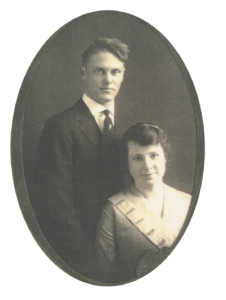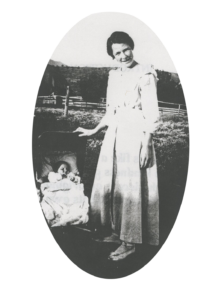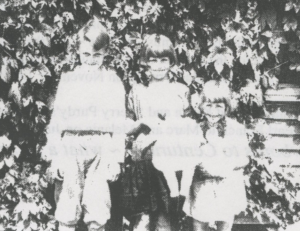1806 – Explorer William Clark discovered the now-famous landmark, Pompeii’s Pillar. It was a rock rising 200 feet above the Yellowstone River that became well known to the westward-migrating pioneers.
1846 – Jesuit Priest, Pierre Jean De Smet was the first Roman Catholic Missionary to come to Montana to visit the Blackfoot, Flathead, and Pend d’Oreille tribes. The first crops grown in Montana were wheat and potatoes grown by his disciples at St. Mary’s Mission, near Stevensville.
1850s – The cattle industry began in Montana when trader Richard Grant brought a herd of cattle to the region. He had bought them while he was traveling on the Oregon Trail.



